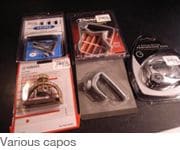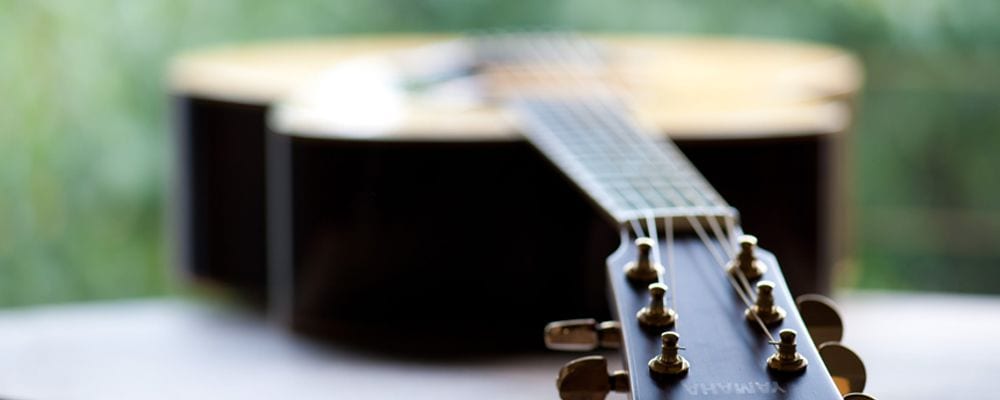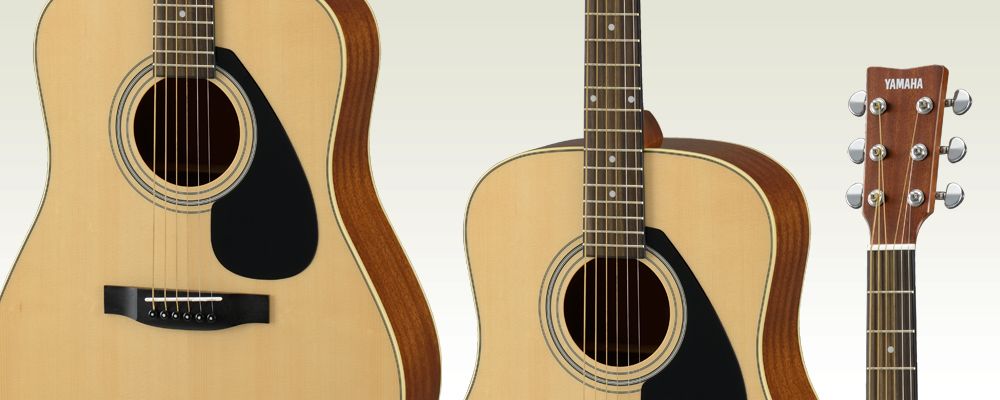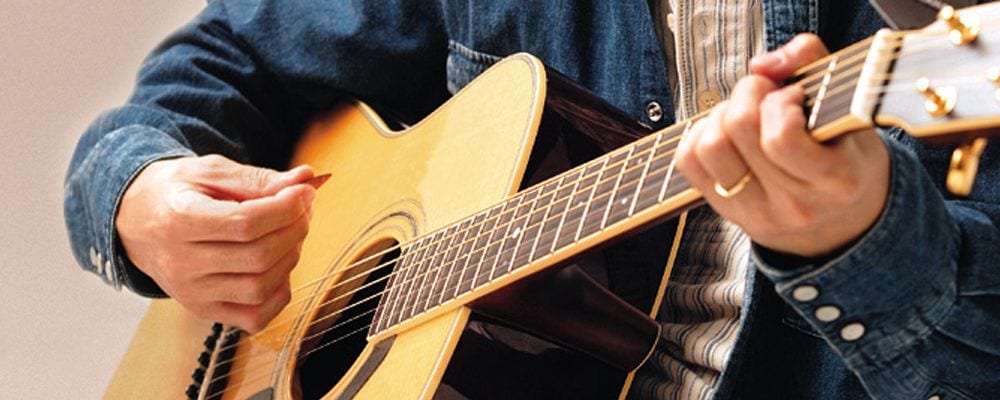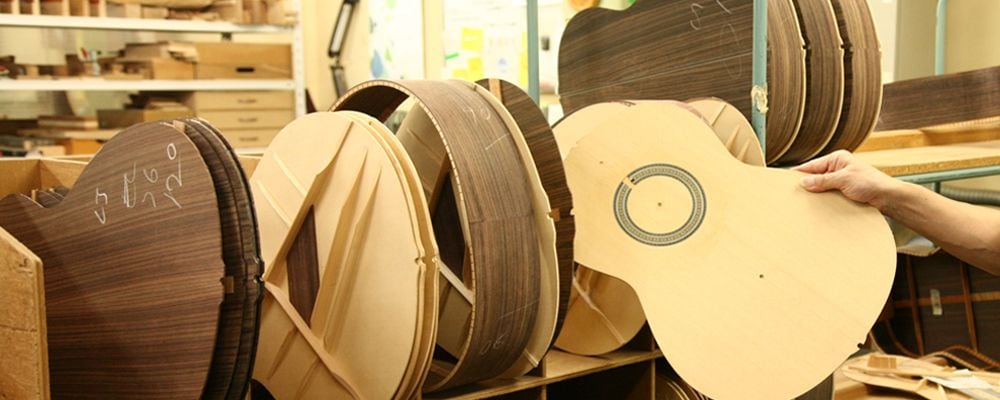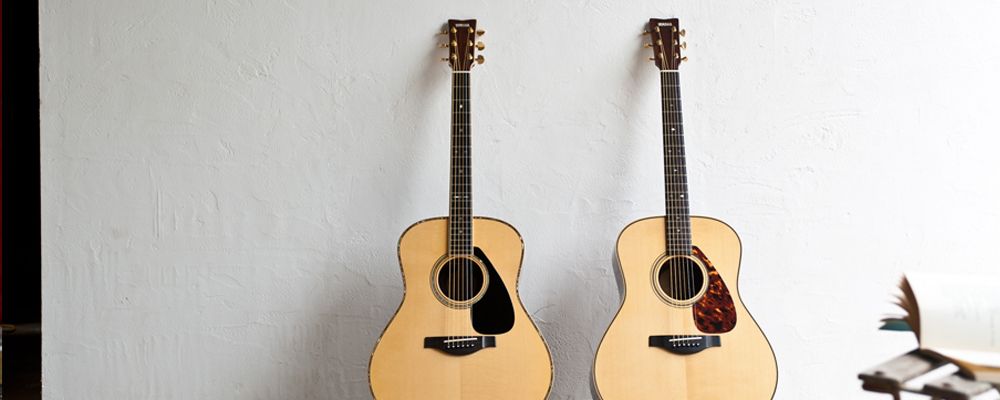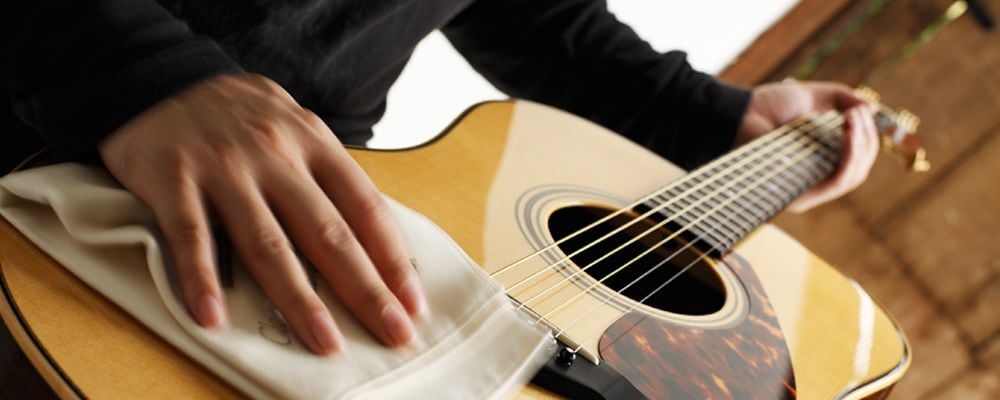Must-have accessories
Choosing an Acoustic Guitar
On choosing strings
One characteristic of acoustic guitar strings is that gold-colored bronze strings are used for the bass strings. The most popular type is made from 80/20 bronze. The numbers indicate that the bronze alloy is composed of 80% copper and 20% tin. With a bright timbre and a feeling of volume, these are the strings of choice for a wide range of guitarists-from beginners to advanced players. Another type of string is made from phosphor bronze, which is slightly reddish. Compared with 80/20 strings, these strings offer a softer timbre, elegant depth, and mellow reverberation. These strings also last a comparatively longer time. Guitarists who always use 80/20 strings should definitely give these a try!
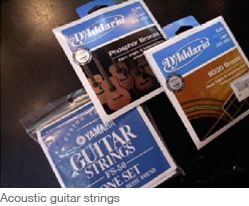
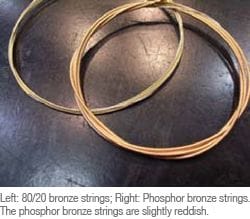
Convenient clip-on tuners
As shown in the photo below, the exceptional tuners introduced here are clipped to some part of the instrument, allowing the player to tune his or her instrument-whether an acoustic guitar, electric guitar, violin, or even a wind instrument. In addition to being easy to attach, they are capable of detecting pitch from the vibration of the body and are resistant against noise. Lastly, they can be left on the instrument even when playing, since they are small and light. This keeps the meter in sight at all times, allowing the player to tune his or her instrument quickly-even in between songs. Having one of these tuners in your instrument case is sure to give you peace of mind.


Capotastos
A capotasto ("capo") is one accessory that any guitarist should have in his or her arsenal. There are even capos made for banjos and mandolins. Guitar capos come in a wide variety, such as those for steel strings on flat fingerboards found on instruments such as acoustic guitars, capos for curved fingerboards found on electric guitars and the like, and capos for classic guitars which have wide fingerboards. When purchasing a capo, be sure to choose one that fits your guitar. Capos press the strings of the instrument in several different ways, such as with screws, springs, or rubber. You should choose the type of capo you find easiest to use. Incidentally, "capotasto" comes from the Italian words for "head" ("capo") and "key" ("tasto").
Note that, from a maintenance point of view, you should keep the capo attached to your instrument for as short a time as possible, as the capo causes the strings to exert a very strong force on the frets when the device is attached. After you are done using the capo, you should remove it right away. Do not place the instrument in its case with the capo attached. Doing so could damage the frets.
